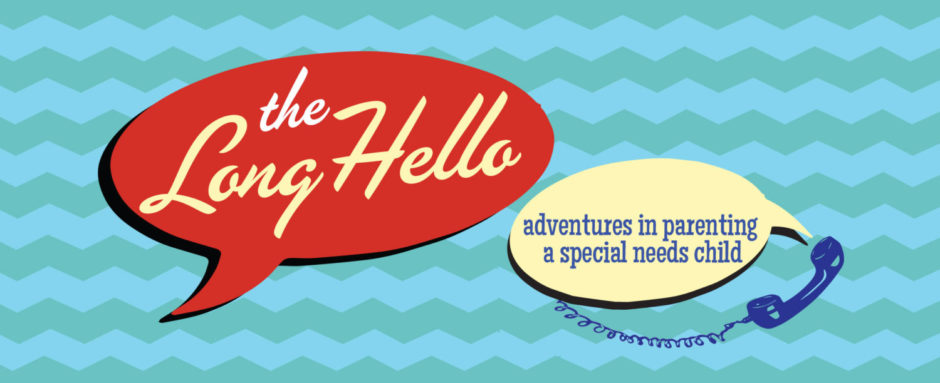Have you considered medication?
No matter how gently and kindly put, it’s a question that parents of a special needs child wish they didn’t have to hear. Deciding whether and when to use medication for a child is difficult for many reasons: children can’t give consent, medications often have side effects and the long-term effects on brain and body are sometimes unknown. Although parents have the final say, the child’s team (teachers, therapists and doctors) will also have opinions. And parents can feel pushed and pulled between different agendas and perspectives.
To make these decisions, we’ve come to rely on three strategies: considering the side effects of inaction as well as action, clearly identifying treatment goals and tracking progress toward those goals. Here’s how we applied those strategies in situations where we had to decide whether to use medication.
Managing ADHD
Our son has ADHD (Attention Deficit Hyperactivity Disorder) as a secondary diagnosis. When his team started pushing early (in preschool!) for medication to help our son focus, we did not feel comfortable – he was enrolled in a play-based program with limited academic expectations. But when he started elementary school, we wanted him to learn important academic skills such as reading, writing and math.
We discussed our ambivalence about ADHD treatment with our son’s developmental pediatrician. He advised us to think about the side effects of NOT using medication, as well as the side effects of using medication. ADHD medications have side effects such as suppressing appetite and making sleep more difficult, but without this medication, our son simply could not focus enough at school to learn effectively.
His developmental pediatrician also advised us to identify the goals for treatment, in this instance maximizing our child’s ability to learn crucial skills for independence and self-sufficiency (e.g., reading and math skills). When we considered the side effects of inaction and our goals for using the medication, we decided to treat him for ADHD. His teachers reported clear progress – he was able to focus for longer periods of time and to complete tasks more effectively. We had to try different medications and dosages, but eventually we found a medication that helped to manage his ADHD.
Managing Seizures
Almost two years ago, our son started having seizures, which needed to be controlled with medication. That was an easy choice. The side effect of not medicating him would be uncontrolled seizures. Our goals for treatment were to stop the seizures, and to keep him safe and healthy. Since he started the medication, he’s been seizure-free.
Stabilizing Moods
More recently, we had to decide whether to put our son on a medication that would help stabilize his moods. This choice felt particularly difficult. I felt guilty for considering medication that would make him easier to manage. Was it only for my benefit? We applied our analytical framework. The side effects of not treating him were angry outbursts several times a day and difficulty recovering from tantrums that could last several hours. Our goals were to minimize his outbursts and increase his ability to cooperate, participate in group activities, and follow directions. Before starting a trial of the medication, we coordinated with his school to track his behavior with a Functional Behavioral Analysis (FBA). To develop an FBA, a school-based behavioral specialist takes detailed notes to identify and understand the triggers for his problem behaviors and creates a plan to address them. School staff track progress against specific outcomes, such as number of tantrums and ability to participate in group activities. The behaviorist used the outcomes data to create a graph that showed a remarkable improvement in his problem behaviors at school. Because our son was less angry and prone to outbursts, he could participate more fully in classroom activities. Plus, he was easier to manage at home.
While it’s not an easy choice, medication can be another tool for supporting a special needs child. These three strategies – considering the side effects of inaction as well as action, defining the goals for treatment and tracking progress toward those goals – provide us with a clear and consistent framework for making decisions about whether and when to medicate.
